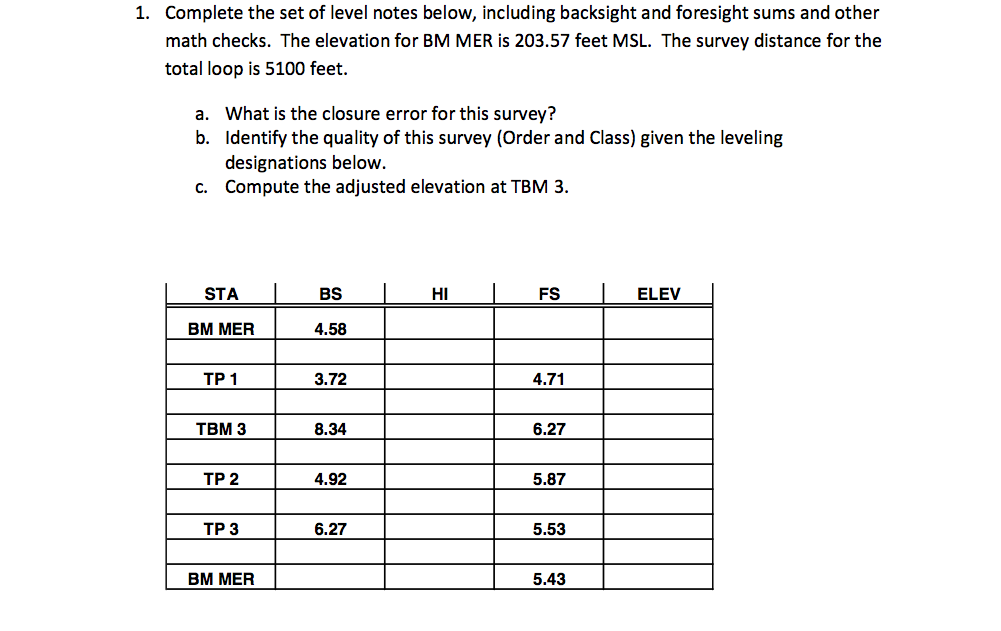


There, the animal comes into contact with one of three to four mechanosensory trigger hairs on each lobe. The plant leaf consists of an open bilobed trap, to which animal prey are attracted by volatile secretions ( Kreuzwieser et al., 2015 Lloyd, 1942). Several groups have described the events that evoke trap closure in Venus flytrap in detail. Real-time recording of trap closure in response to insect (house fly) touch. Our data suggest that the mechanism of prey recognition in carnivorous Droseraceae evolved by co-opting ancestral mechanosensitive ion channels to sense touch. We show that FLYC1 transcripts are localized to mechanosensory cells within the trigger hair, transfecting FLYC1 induces chloride-permeable stretch-activated currents in naïve cells, and transcripts coding for FLYC1 homologs are expressed in touch-sensing cells of Cape sundew, a related carnivorous plant of the Droseraceae family. We focus here on the candidate with the most enriched expression in trigger hairs, the MSL homolog FLYCATCHER1 (FLYC1). We used comparative transcriptomics to show that expression of three genes encoding homologs of the MscS-Like (MSL) and OSCA/TMEM63 family of mechanosensitive ion channels are localized to touch-sensitive trigger hairs of Venus flytrap.

However, the molecules that confer this sensitivity remain unknown. In response to touch, some carnivorous plants such as the Venus flytrap have evolved spectacular movements to capture animals for nutrient acquisition.


 0 kommentar(er)
0 kommentar(er)
